Everything you need to know about the Samsung Galaxy S25 series: Hardware, software, features, and pricing.


At its semi annual Galaxy Unpacked event, Samsung has officially unveiled the three new devices in its S25 series lineup. The S25 series consists of the Samsung Galaxy S25, S25+, and S25 Ultra. Here’s everything you need to know.
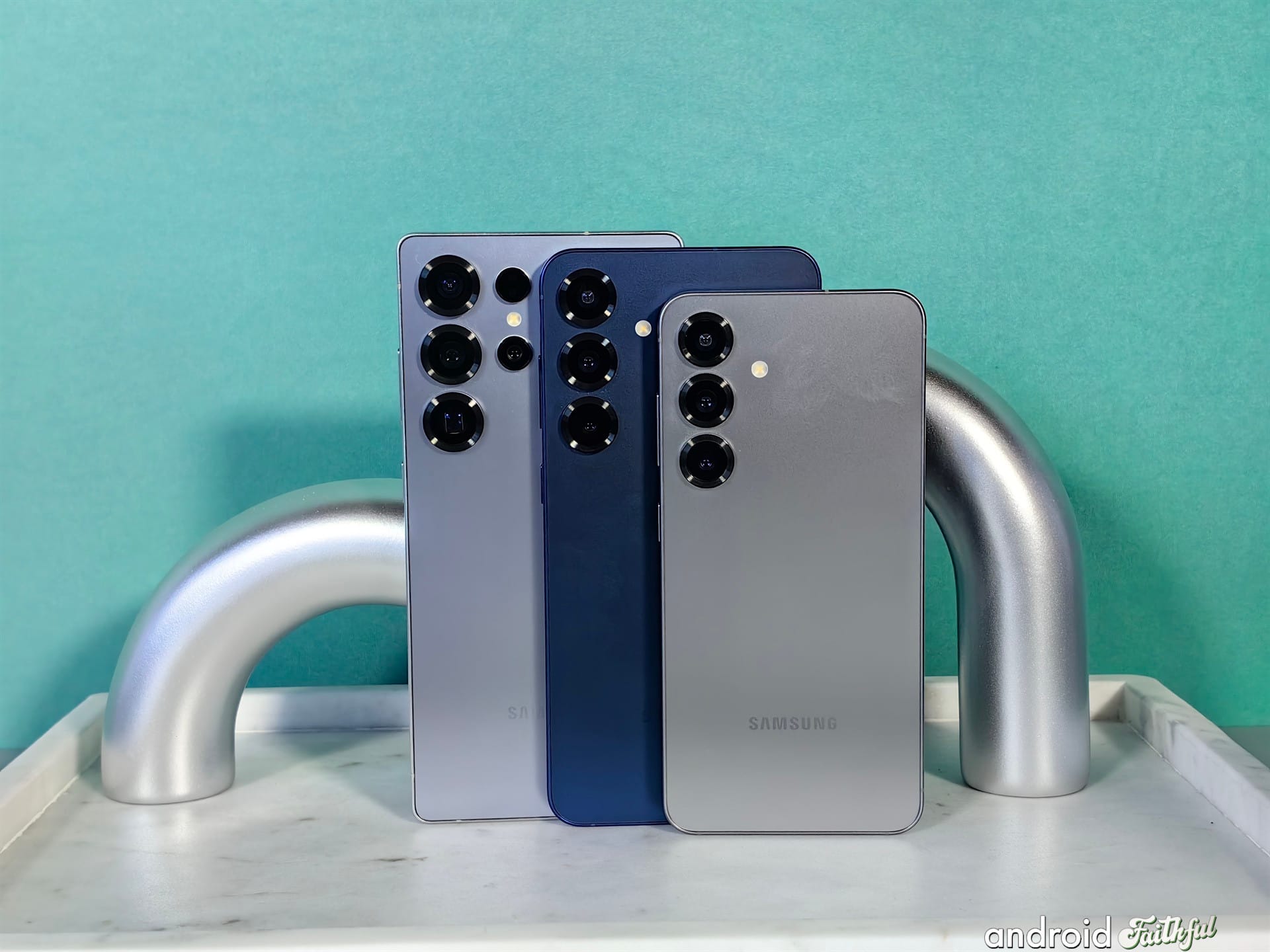
The overall design of the Galaxy S25 and S25+ is similar to last year’s models, with an Armor Aluminum frame sandwiched by a layer of Corning Gorilla Glass Victus 2 on the front and back.
The Galaxy S25 Ultra design switches it up with a titanium frame this time with rounded corners, sandwiched by a layer of Corning Gorilla Armor 2 on the front, and Corning Gorilla Glass Victus 2 on the back. The next generation Corning Gorilla Armor 2 offers improved drop protection and scratch resistance along with reduced reflections due to a glass-ceramic material and a new DX anti-reflection surface treatment. With the debut of the first generation of Corning Gorilla Armor on the S24 Ultra, Samsung says there have been 60% fewer screen-related repairs on the S24 Ultra compared to the S23 Ultra, so the hope is the second-generation will reduce that number even further.
The Galaxy S25 and S25+ come in a light blue “Icyblue” color, a light green “Mint” color, a dark blue “Navy” color, and a gray “Silver Shadow” color. They are also available in a black “Blueblack” color, a gold “Pinkgold” color, and a red “Coralred” color exclusively through Samsung.
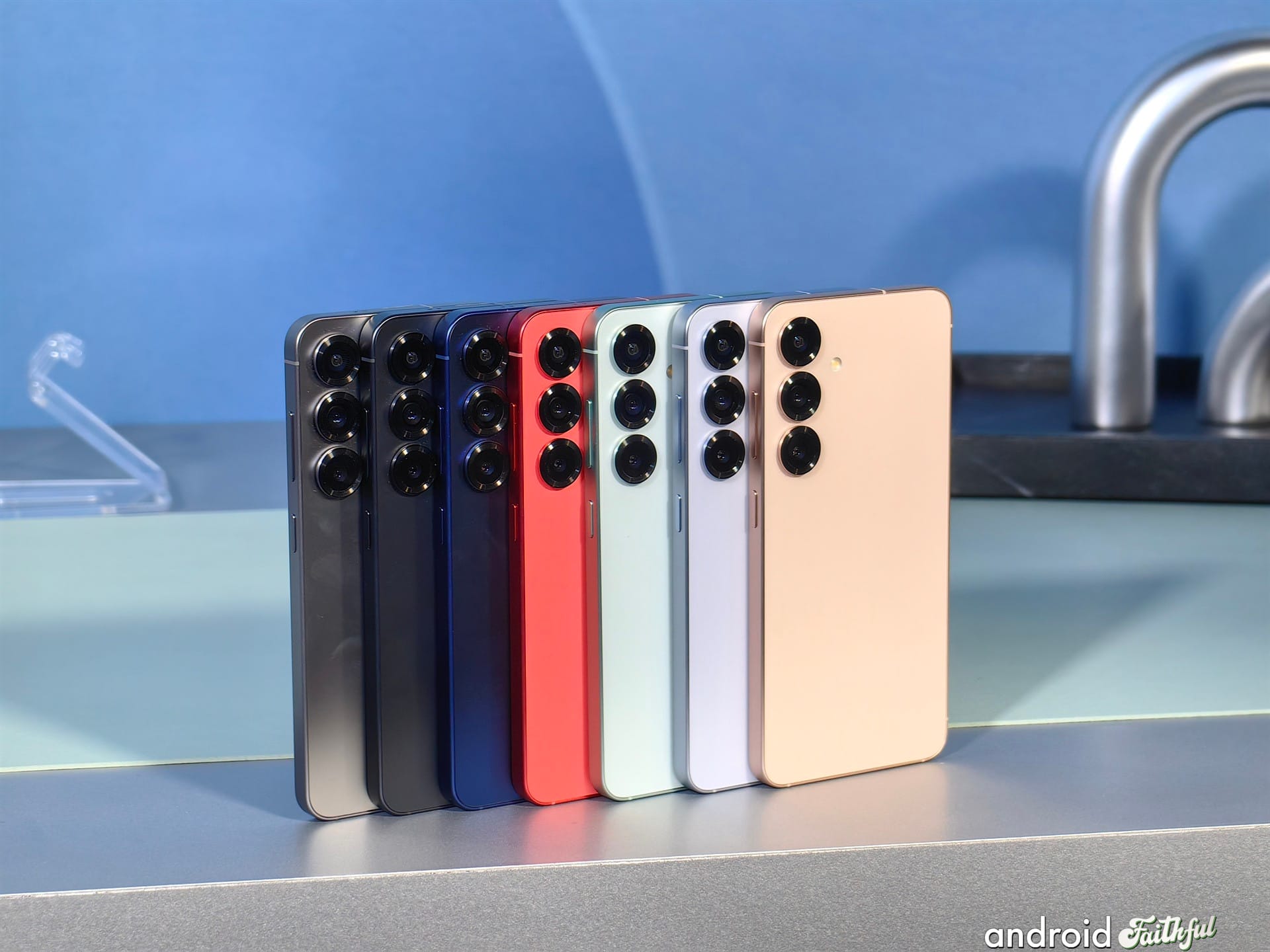
The Galaxy S25 Ultra, meanwhile, comes in a black “Titanium Black” color, a gray “Titanium Gray” color, a light blue “Titanium Blue” color, and a silver “Titanium White Silver” color. It’s also available in a black “ Titanium Jetblack” color, green “Jadegreen” color, and a gold “Titanium Pinkgold” color exclusively through Samsung.
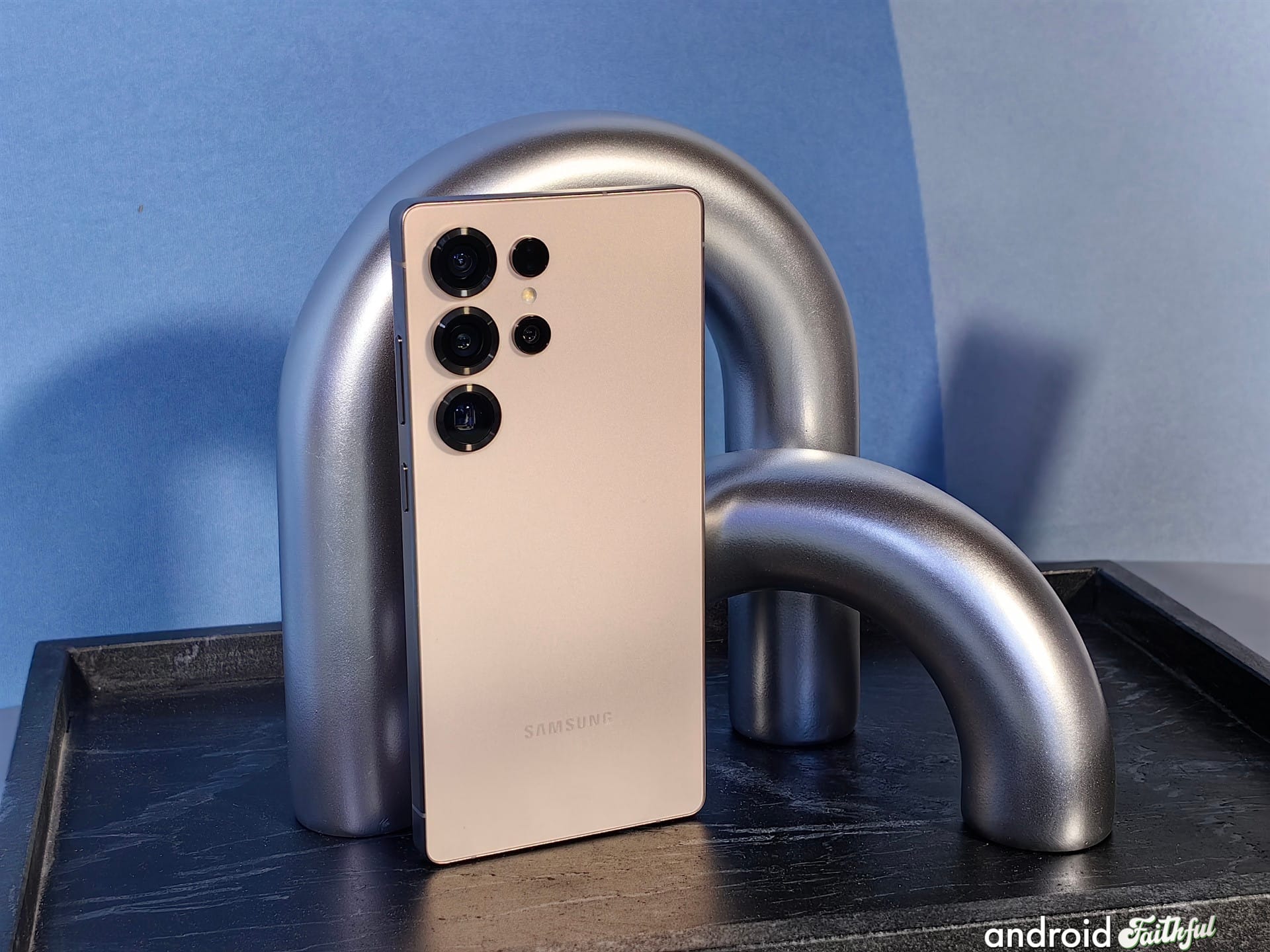
The Galaxy S25 series phones share similar display characteristics. All three phones feature a Dynamic AMOLED 2X display which can reach a peak brightness of 2600 nits, and can adaptively refresh between 1 and 120Hz depending on the content. The base Galaxy S25 features a flat 6.2-inch display with a resolution of 2340 x 1080 and an aspect ratio of 19.5:9. The Galaxy S25+ features a flat 6.7-inch display with a resolution of 3120 x 1440 and an aspect ratio of 19.5:9. Lastly, the Galaxy S25 Ultra features a flat 6.9-inch display with a resolution of 3120 x 1440 and an aspect ratio of 19.5:9. The display on the S25 Ultra is notably 0.1-inches larger thanks to slimmer bezels that are 15% smaller compared to the S24 Ultra.
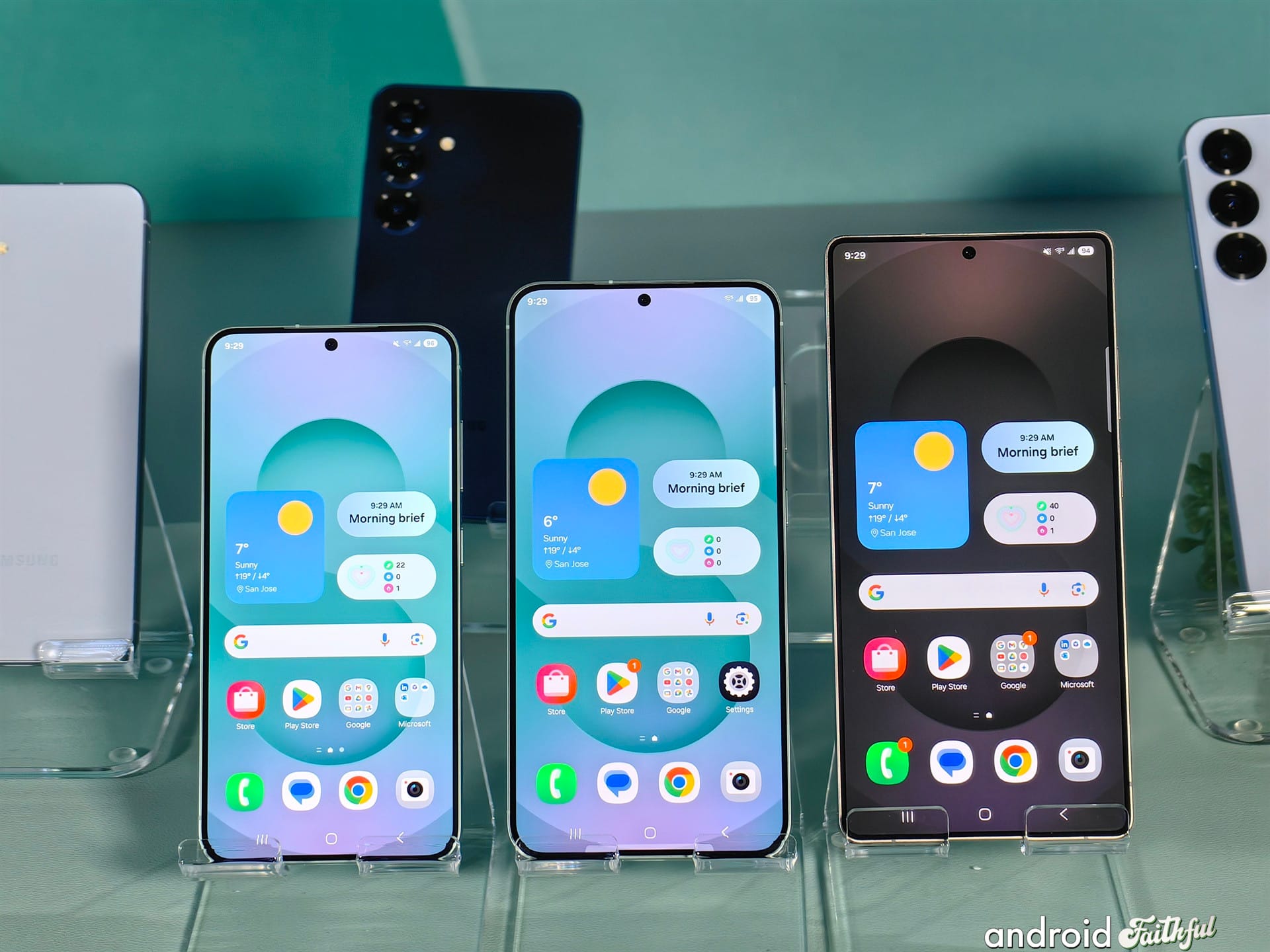
A new display feature called ProScaler allows for real-time AI image upscaling from 720p to 4K (only available on the S25+ and S25 Ultra).
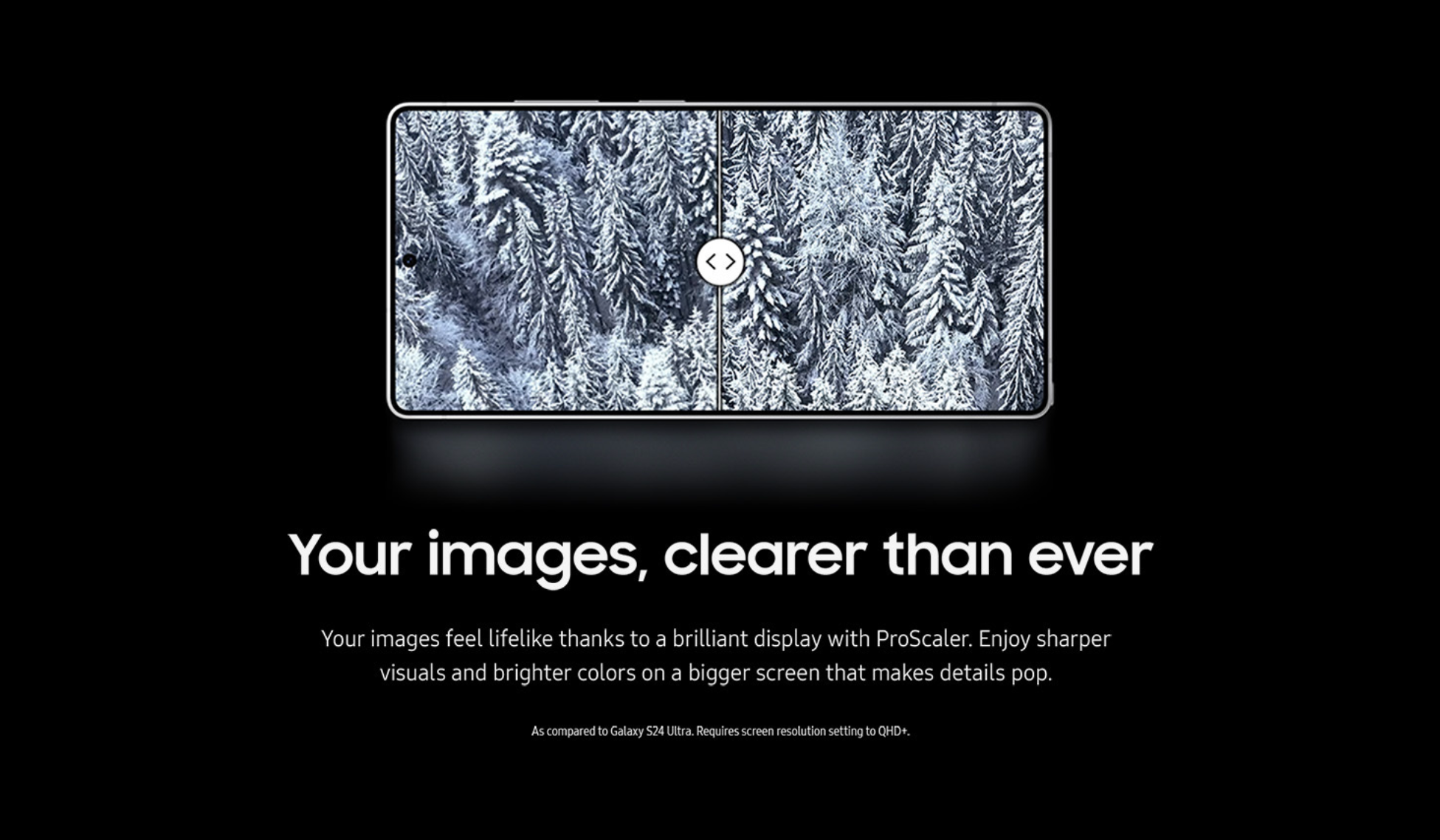
All three devices have a Qualcomm-made ultrasonic fingerprint scanner underneath the display.
The Galaxy S25 series is powered by the Qualcomm Snapdragon 8 Elite for Galaxy chipset. Unlike previous Snapdragon for Galaxy chipsets that only featured higher clockspeeds, Samsung says this chipset is completely custom which allows for better camera integration as well as overall performance. Samsung didn’t fully elaborate on what exactly is completely custom about this chipset, though.
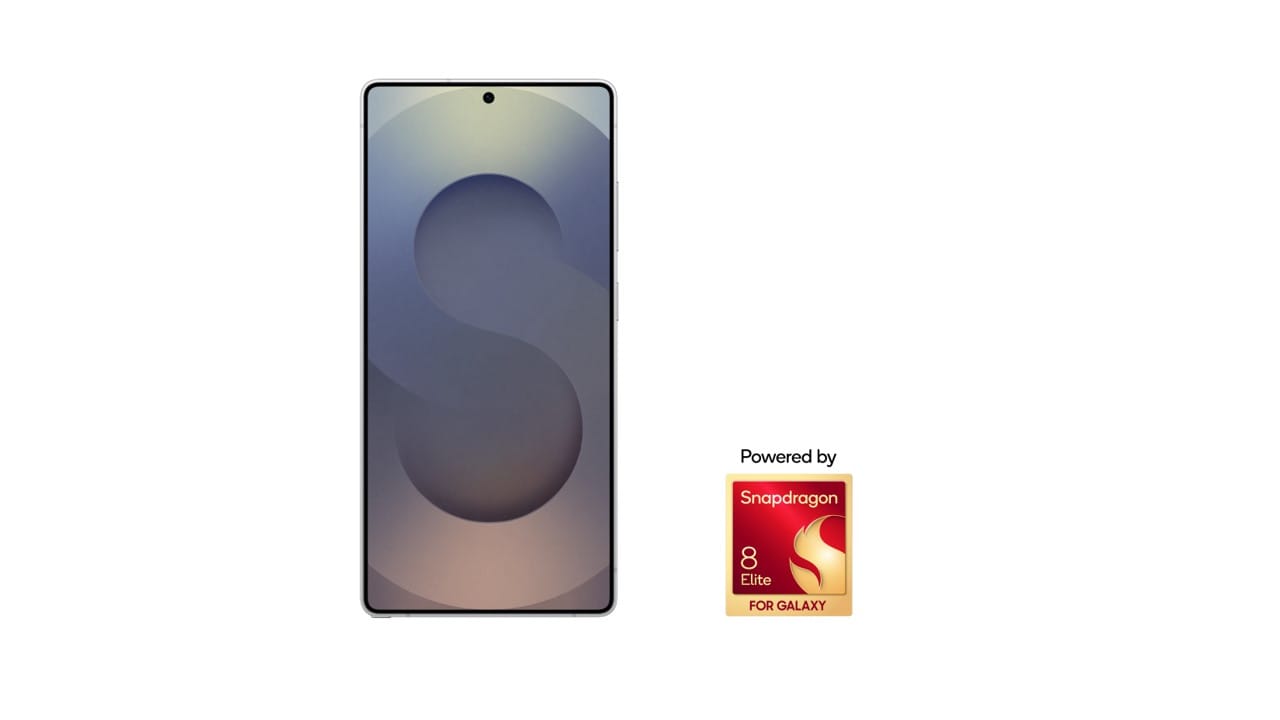
Their press release does mention that the Snapdragon 8 Elite for Galaxy includes some Galaxy IP in the form of a mobile Digital Natural Image engine which allows for better display power efficiency. Otherwise, the CPU, GPU, and NPU in the chipset have been overclocked, resulting in a 37%, 30%, and 40% boost in performance, respectively. In the 3DMark Solar Bay benchmark for ray-tracing, the S25 series outperforms the S24 series by 40%.
The heat dissipation system for the Snapdragon 8 Elite for Galaxy has improved through the use of a 15% larger vapor chamber in the Galaxy S25 and S25+, and a 40% larger vapor chamber in the Galaxy S25 Ultra compared to the previous generation. Additionally, a new tailored thermal interface material that engulfs the chipset allows for greater thermal efficiency.
The Snapdragon 8 Elite for Galaxy is paired with 12GB of RAM across the board for the S25 series. That’s up from 8GB of RAM for the base S25 phone. There is no 16GB RAM option, at least not in North America.
Storage wise, the Galaxy S25 starts at 128GB and goes up to 256GB, whereas the S25+ and S25 Ultra are offered in 256GB or 512GB options. The Galaxy S25 Ultra also comes in a 1TB storage option.
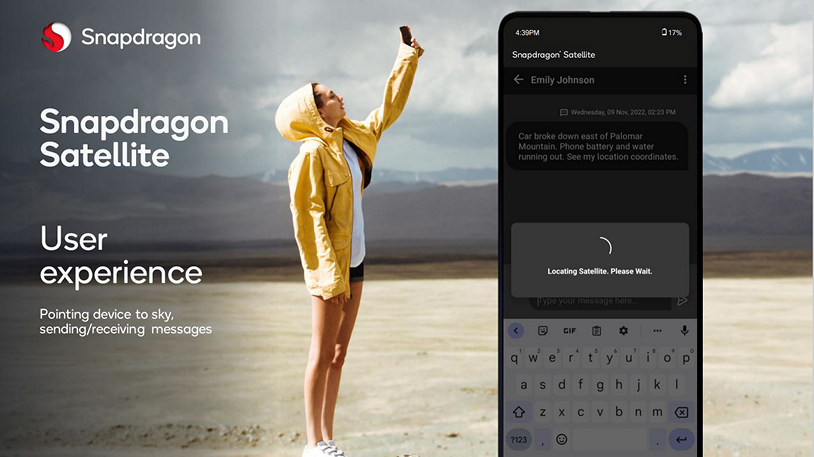
Connectivity wise, Qualcomm told me the Galaxy S25 series are the first phones to support Snapdragon Satellite which allows for messaging via narrowband non-terrestrial (NTN) networks. They also said the entire Galaxy S25 series lineup comes equipped with the company’s FastConnect 7800 mobile connectivity subsystem, meaning every device in the lineup supports WiFi 7. That’s an improvement from the previous generation where only the Ultra supported WiFi 7.
All three devices also support Bluetooth 5.4 with Auracast as well as eSIM. In addition, the Galaxy S25+ and S25 Ultra also support ultra-wideband (UWB) which can be used for digital car keys as well as precision locating of Samsung SmartTags. Sadly, the base Galaxy S25 does not support UWB.
Finally, it’s worth noting that the S Pen in the Galaxy S25 Ultra no longer supports Bluetooth gestures (Air actions). What’s more is that Bluetooth gestures on the S25 Ultra will reportedly not work with Bluetooth enabled S Pens including the S Pen Pro.
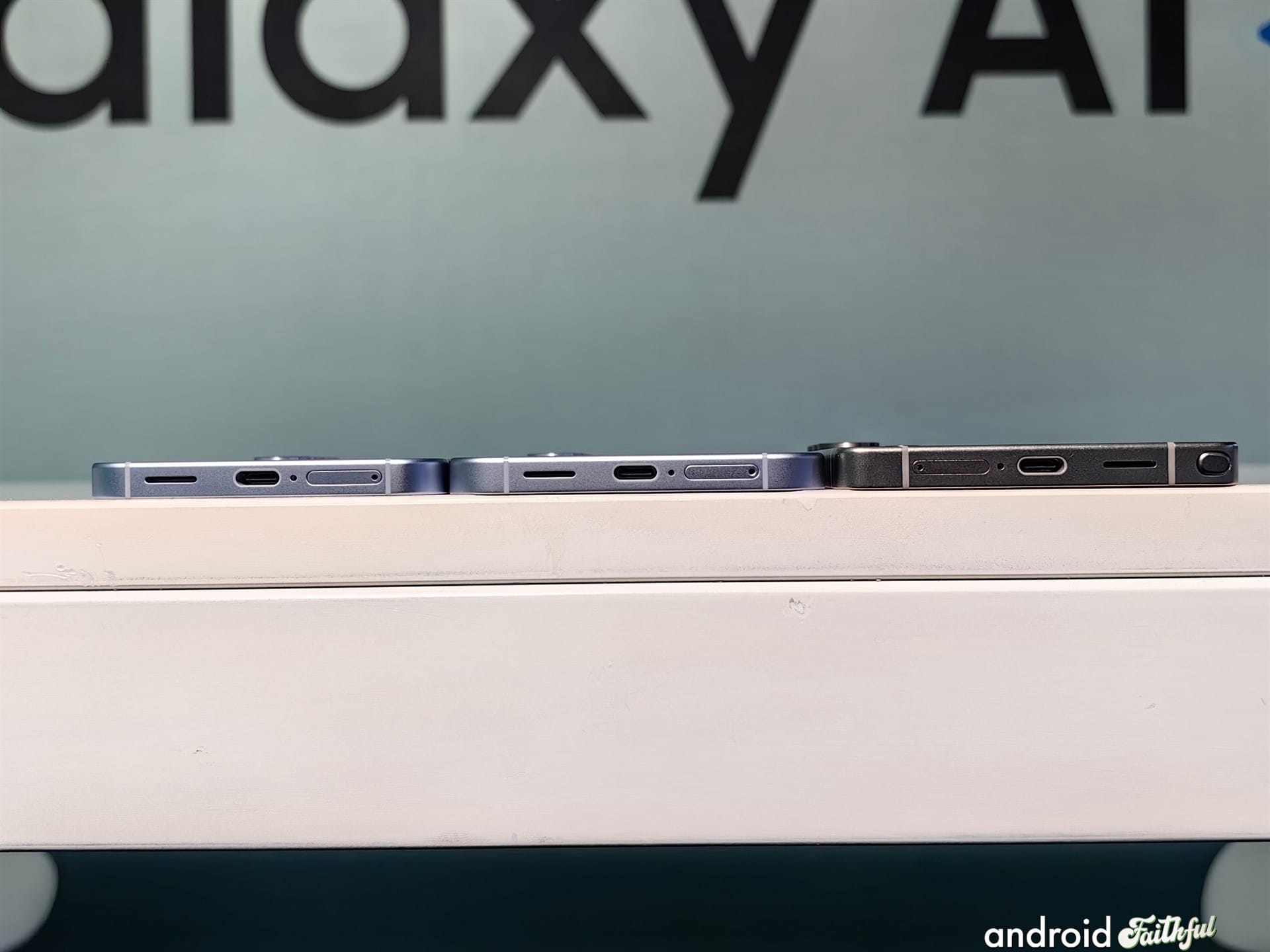
The battery capacity and charging speeds for the Galaxy S25 series are the same as the previous generation. The base Galaxy S25 has a 4000mAh battery and 25W wired charging support. The Galaxy S25+ has a 4900mAh battery with faster 45W wired charging support. The Galaxy S25 Ultra has a 5000mAh battery and also 45W wired charging support.
All three phones in the Galaxy S25 series support 15W wireless charging but sadly lack Qi2 magnetic charging support. Despite the lack of Qi2 support, Samsung has worked with “Designed for Samsung” partners like Spigen to certify third-party magnetic cases that align perfectly with the charging coils in the Galaxy S25 series phones.
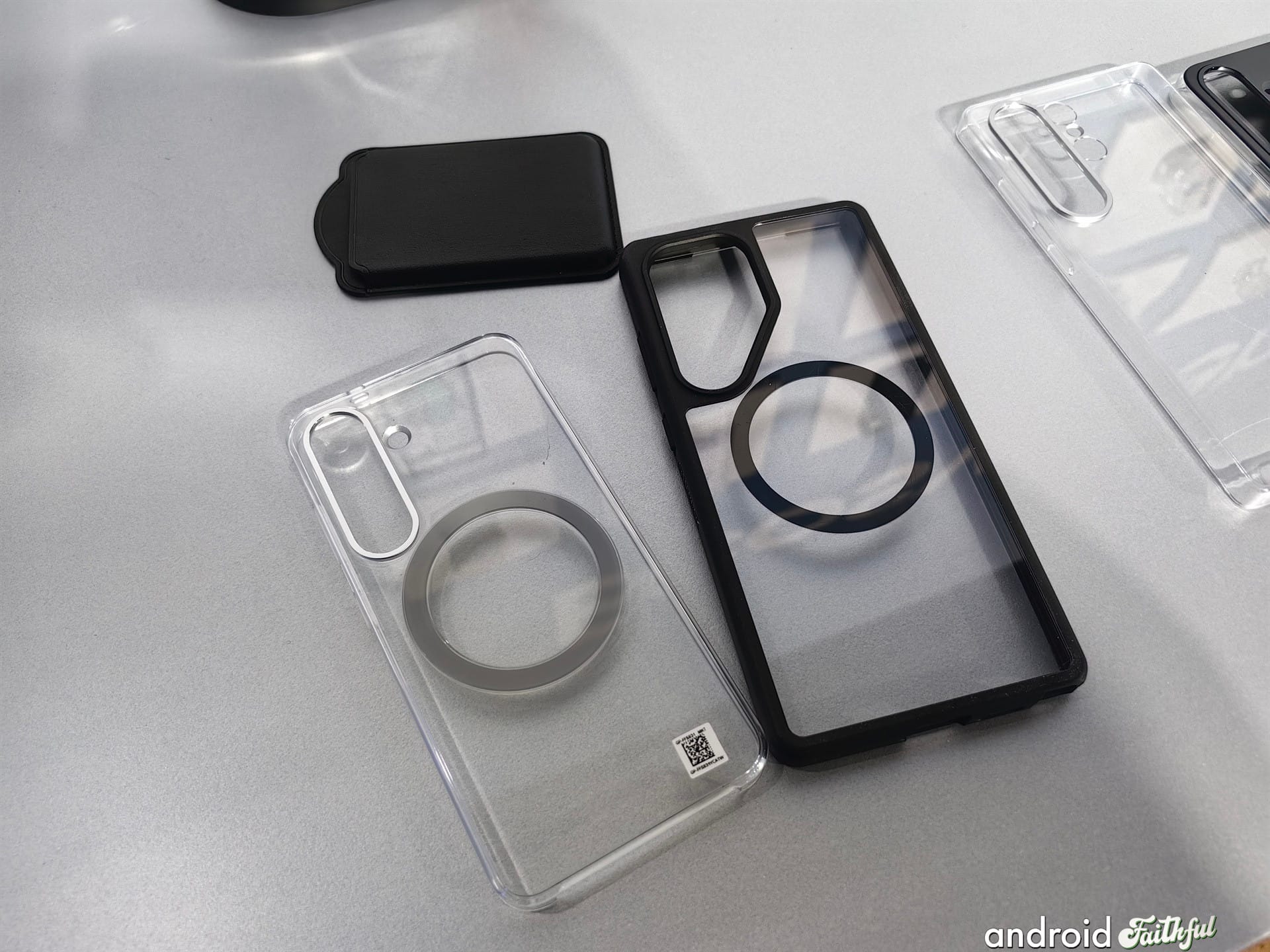
The camera hardware on the Galaxy S25 series is also similar to last year’s models, with the exception of the S25 Ultra which gains an upgraded rear-facing ultrawide sensor. The Galaxy S25 and S25+ share the same primary rear-facing camera: a 50MP wide-angle camera with OIS support, a f/1.8 aperture, and 1/1.56” image sensor size. They also share the same secondary rear-facing camera: a 12MP ultra wide-angle camera with a 120° field-of-view, and a f/2.2 aperture. Lastly, they also share the same tertiary rear-facing camera: a 10MP telephoto camera with 3X optical zoom, OIS support, and a f/2.4 aperture. On the front, they share the same front facing camera: a 12MP selfie camera with a f/2.2 aperture.
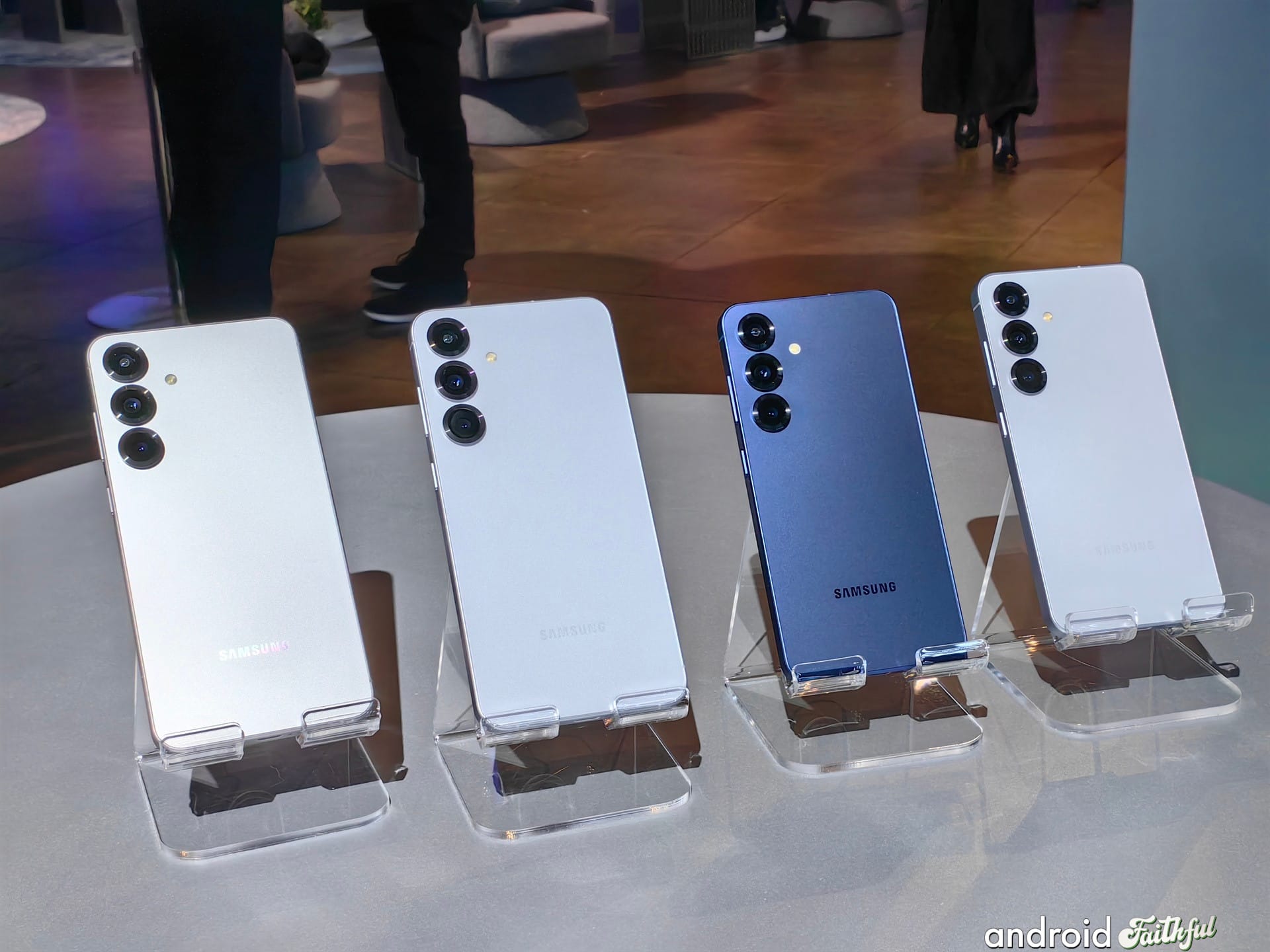
The Galaxy S25 Ultra has a 200MP main camera with OIS support, a f/1.7 aperture, and 1/1.3” image sensor size for the primary rear-facing camera. The secondary rear-facing camera is a 50MP ultra wide-angle camera with a 120° field-of-view, and a f/1.9 aperture. Samsung says the new JN5 sensor in the ultra wide-angle camera can capture better macro photos as it reduces the need to crop-in as much. The detail is reportedly 4X greater compared to the S24 Ultra. The tertiary rear-facing camera is a 10MP telephoto camera with 3X optical zoom and OIS support. Finally, the quaternary rear-facing camera is a 50MP periscopic telephoto camera with 5X optical zoom and OIS support. On the front, the selfie camera is a 12MP shooter with a f/2.2 aperture.
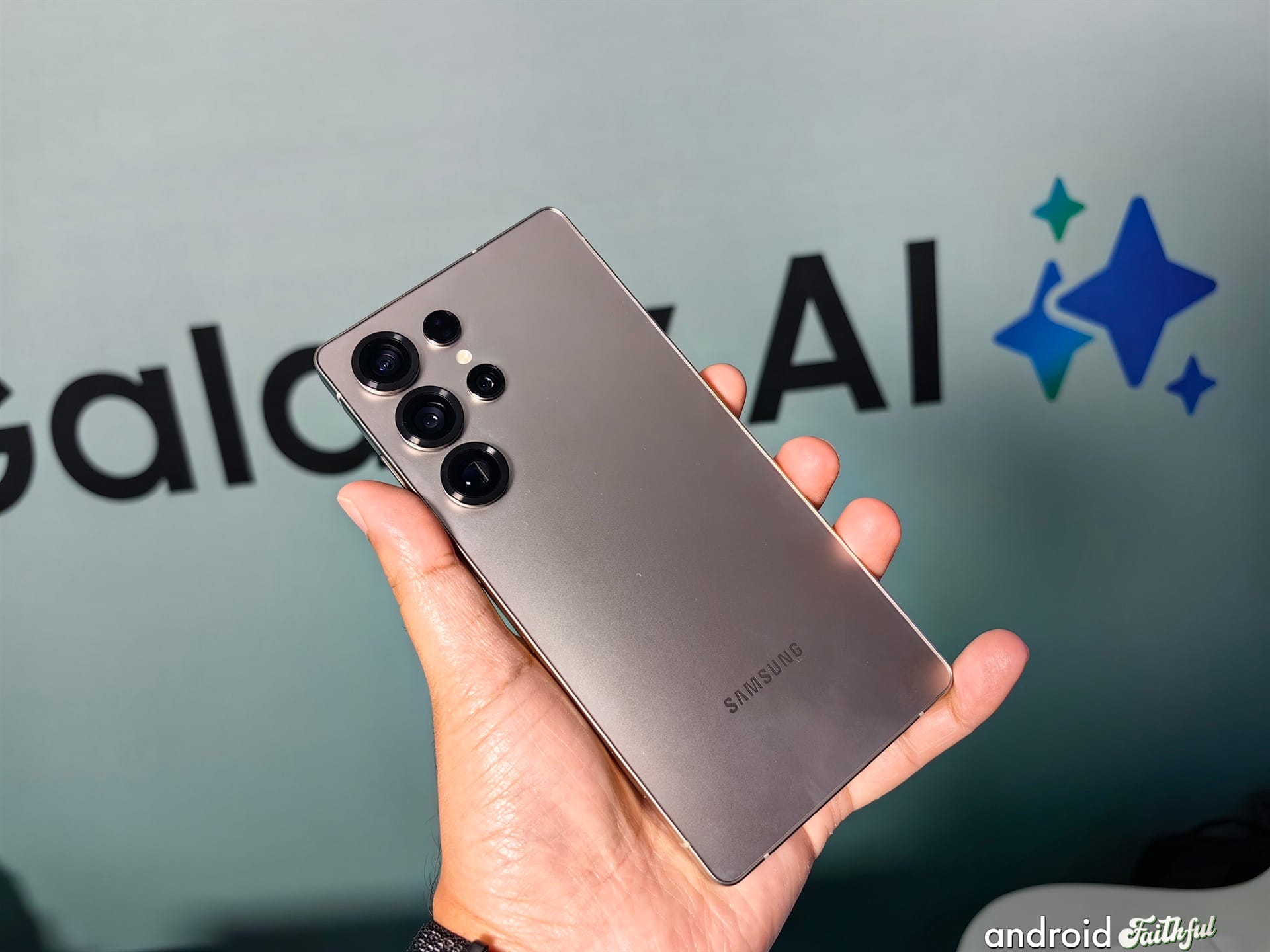
While there aren’t many hardware-related camera changes, Samsung made a lot of improvements to the camera software which include:
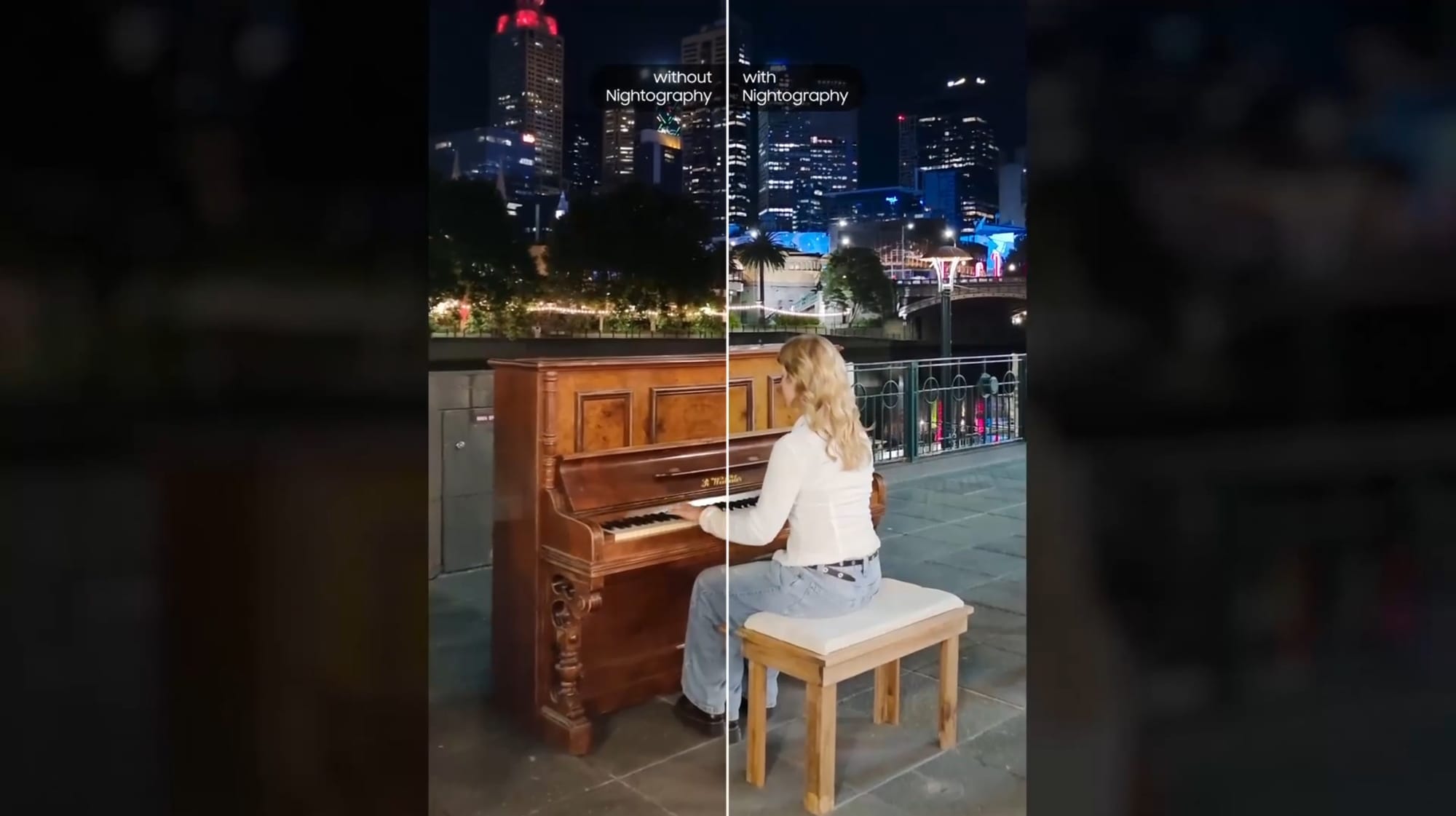
The stable version of One UI 7.0 debuts on the Galaxy S25 series with an additional suite of Galaxy AI features along with improvements to existing Galaxy AI features. Samsung says Galaxy AI features are free until the end of 2025, which is the same thing they said during the launch of the S24 series.
The new Galaxy AI features include:
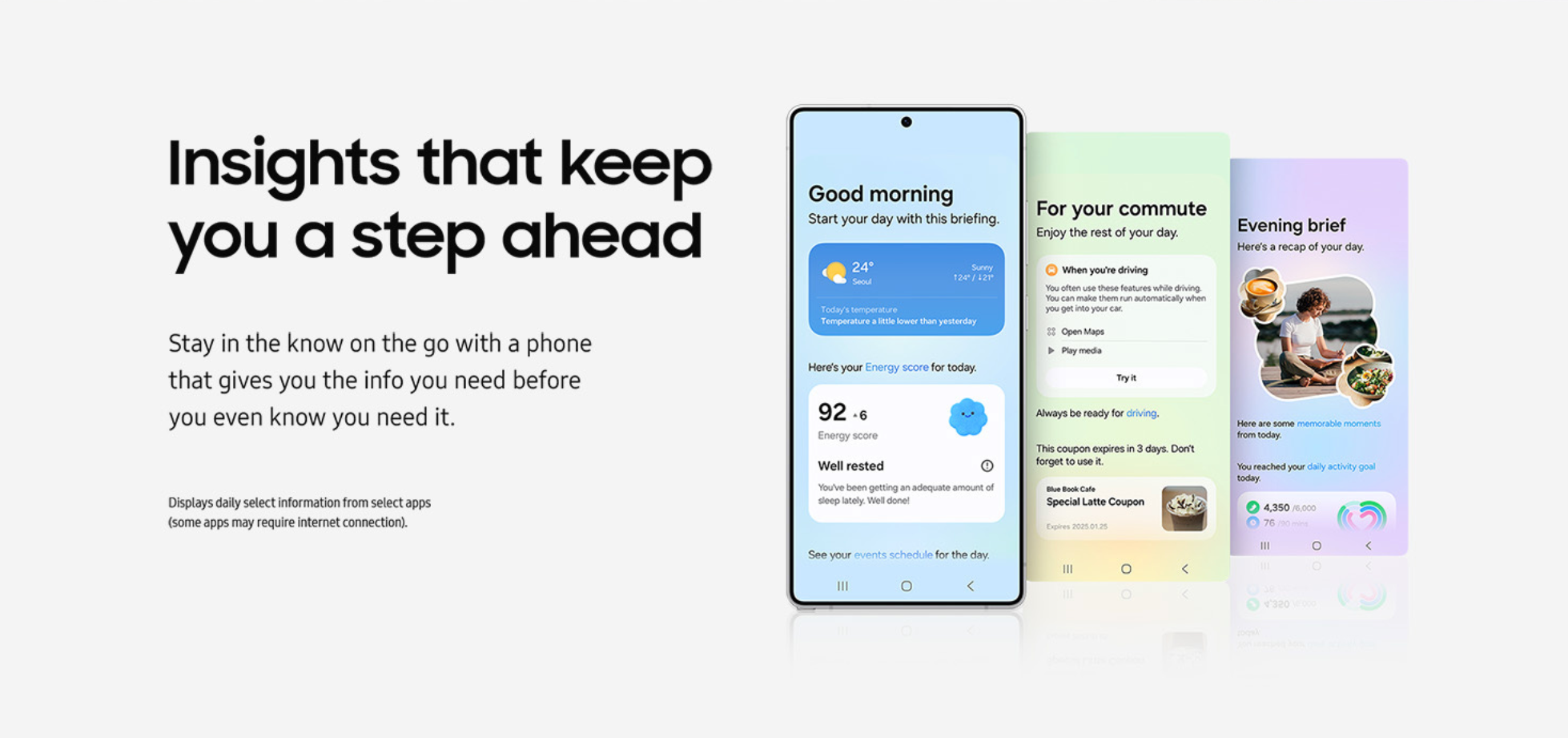
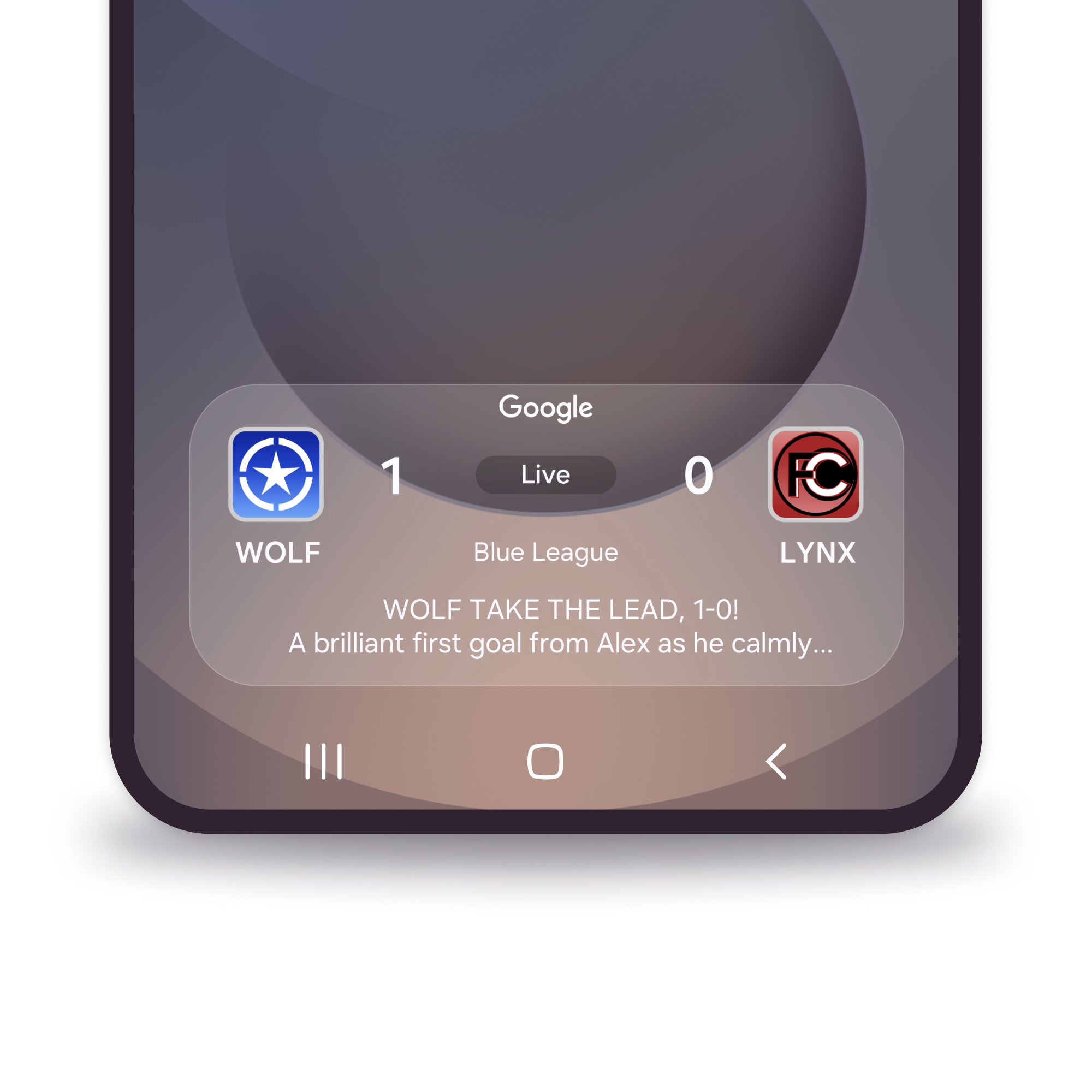
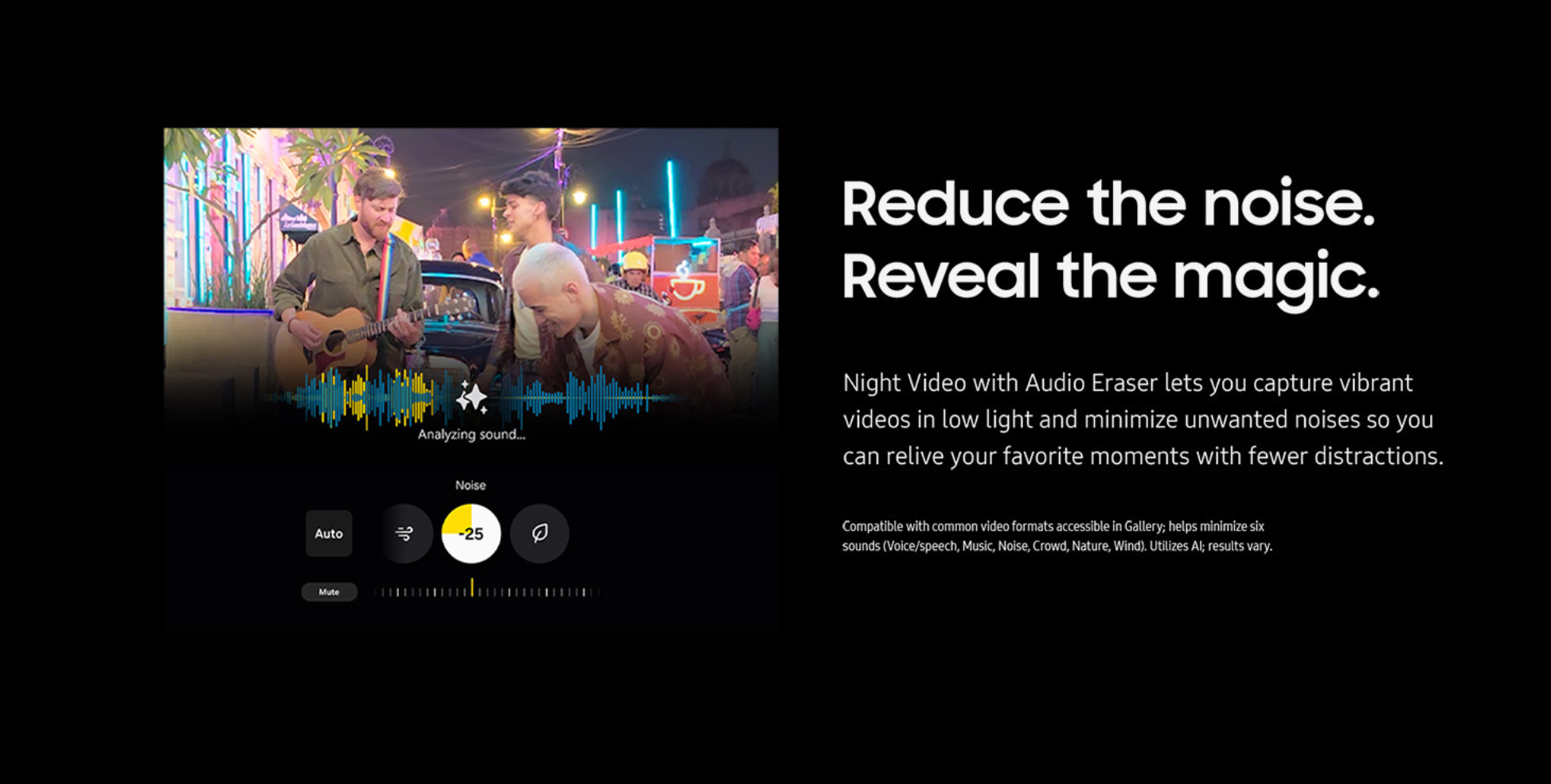
The improvements to existing Galaxy AI features include:
Outside of Galaxy AI features, there are also new software features which include:
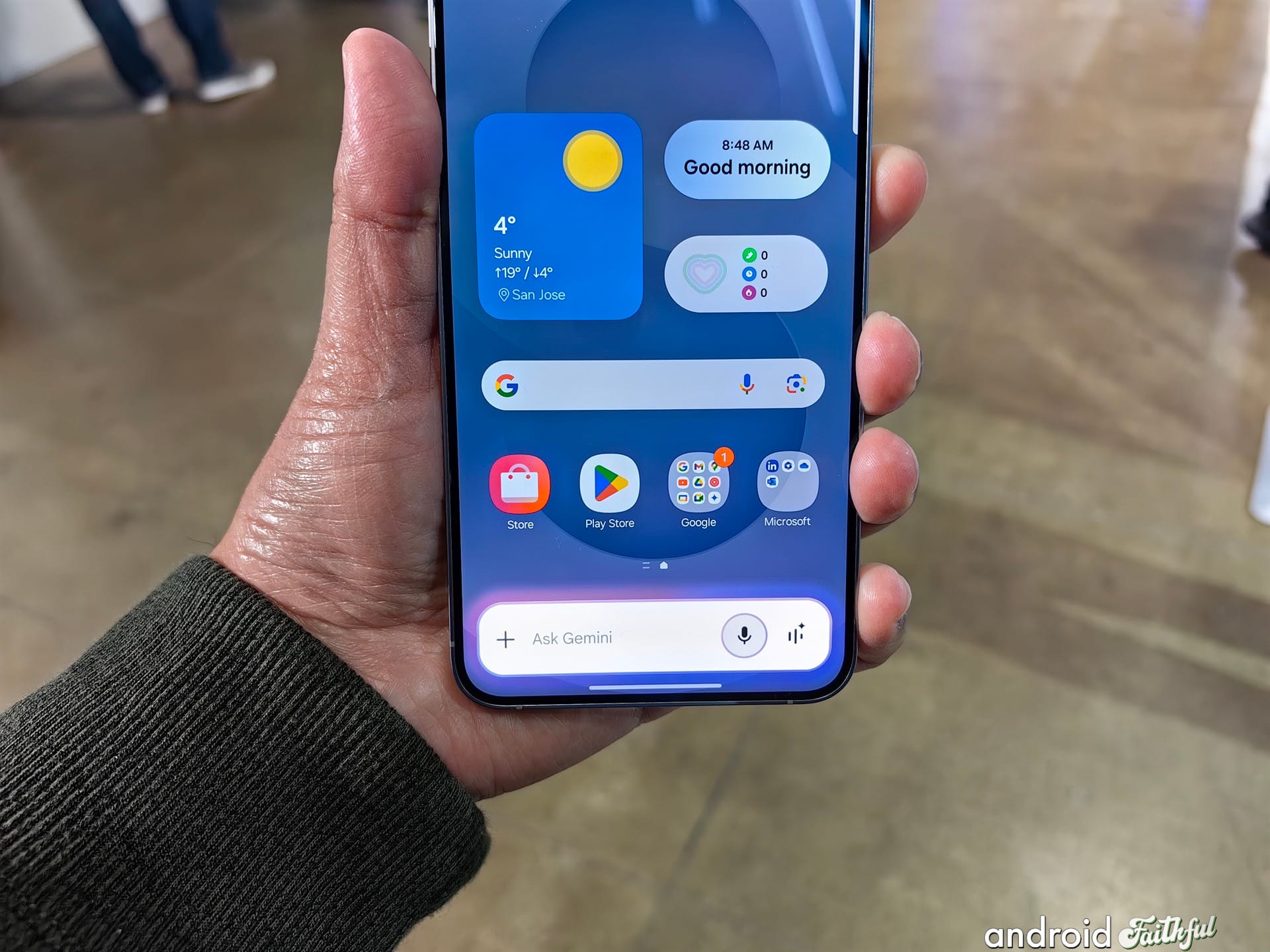
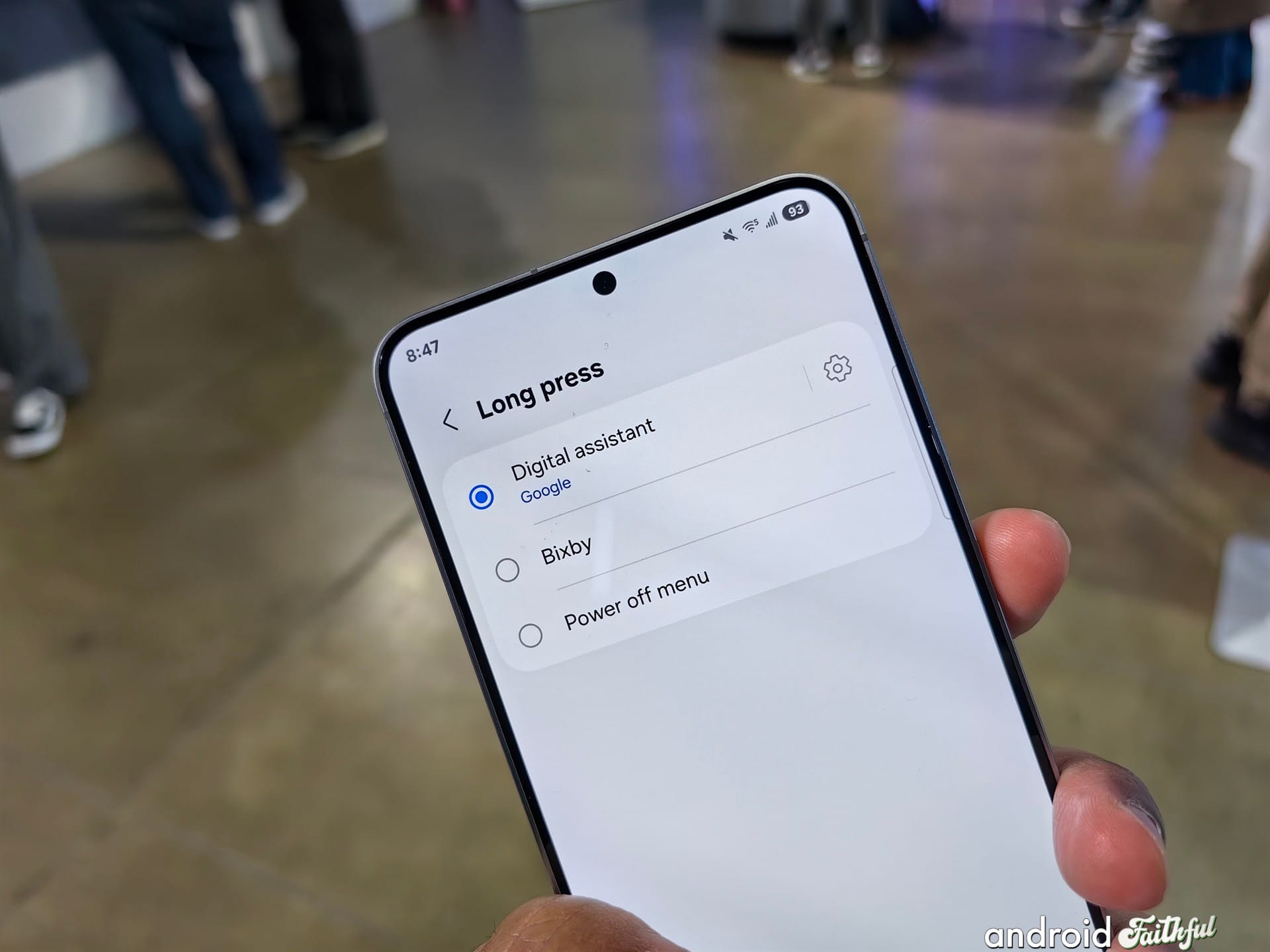
Left: the new Gemini overlay on the Galaxy S25. Right: the updated long press settings on the Galaxy S25.
Samsung has promised 7 OS updates and 7 years of security updates for the Galaxy S25 series. That means you can expect to receive up to Android 22 in 2031.
The Samsung Galaxy S25 starts at $799.99 for the 128GB storage model. The Galaxy S25+ starts at $999.99 for the 256GB storage model. Lastly, the Galaxy S25 Ultra starts at $1299.99 for the 256GB storage model.
The Galaxy S25 series is available for pre-order starting today, and will be released for general availability on February 7.
Pre-order links (affiliate links that support me!):
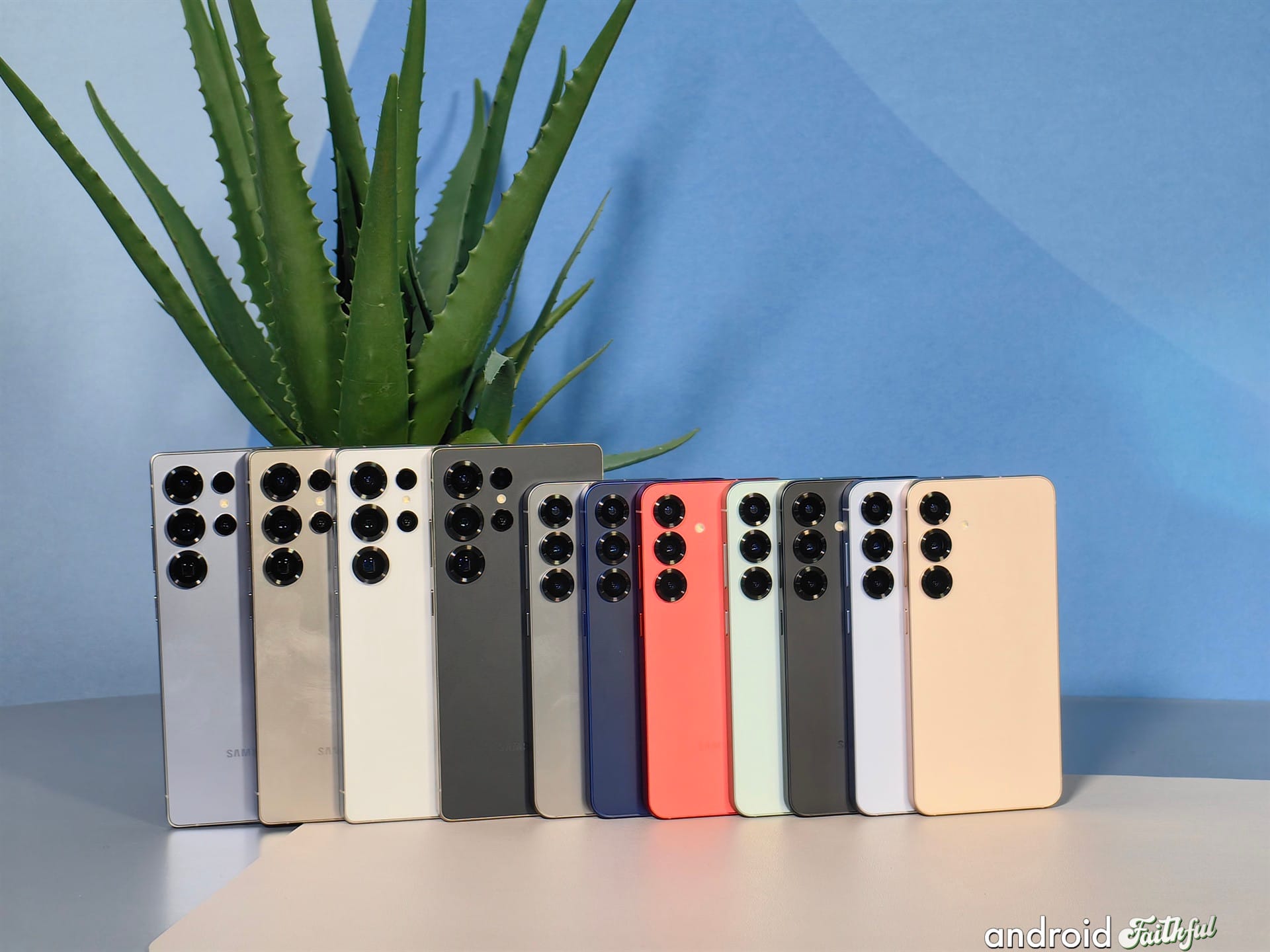
| Spec | Galaxy S25 | Galaxy S25+ | Galaxy S25 Ultra |
|---|---|---|---|
| Colors | Icyblue, Navy, Mint, Silver Shadow | Icyblue, Navy, Mint, Silver Shadow | Titan Black, Titan Gray, Titan Silverblue, Titan Whitesilver |
| Screen | 6.2" FHD+ Dynamic AMOLED 2X Display 120Hz Adaptive Refresh Rate |
6.7" QHD+ Dynamic AMOLED 2X Display 120Hz Adaptive Refresh Rate |
6.9" QHD+ Dynamic AMOLED 2X Display 120Hz Adaptive Refresh Rate |
| Main Camera | Wide 50MP Wide AF OIS |
Wide 50MP Wide AF OIS |
Wide 200MP Wide AF OIS |
| UW 12MP Ultra Wide |
UW 12MP Ultra Wide |
UW 50MP Wide AF OIS |
|
| Tele 10MP 3x Tele AF OIS |
Tele 10MP 3x Tele AF OIS |
Tele 10MP 3x Tele AF OIS 50MP 5x Tele AF OIS |
|
| Zoom 3x Optical Zoom (2x Optical Quality) 30x Space Zoom |
Zoom 3x Optical Zoom (2x Optical Quality) 30x Space Zoom |
Zoom 3x, 5x Optical Zoom (2x, 10x Optical Quality) 100x Space Zoom |
|
| Selfie Camera | Video 4K @ 60fps 8K @ 30fps |
Video 4K @ 60fps 8K @ 30fps |
Video 4K @ 120fps 8K @ 30fps |
| Wide 12MP Wide AF Video 4K @ 60fps |
Wide 12MP Wide AF Video 4K @ 60fps |
Wide 12MP Wide AF Video 4K @ 60fps |
|
| Misc Camera Features | ProVisual Engine, HDR Portraits, Selfie AI ISP, Nightography, Log Video, False Color, Zebra Pattern | ProVisual Engine, HDR Portraits, Selfie AI ISP, Nightography, Log Video, False Color, Zebra Pattern | ProVisual Engine, HDR Portraits, Selfie AI ISP, Nightography, high-res Marco shots, high-res zoom photos/video, Log Video, False Color, Zebra Pattern |
| Memory / Storage | 12GB RAM | 128GB, 256GB | 12GB RAM | 256GB, 512GB | 12GB RAM | 256GB, 512GB, 1TB |
| Battery | 4000mAh | 4900mAh | 5000mAh |
| Charging | Wired Super Fast Charging |
Wired Super Fast Charging 2.0 |
Wired Super Fast Charging 2.0 |
| Wireless Fast Wireless Charging 2.0 Wireless PowerShare |
Wireless Fast Wireless Charging 2.0 Wireless PowerShare |
Wireless Fast Wireless Charging 2.0 Wireless PowerShare |
|
| Processor | Snapdragon® 8 Elite for Galaxy (3nm) | Snapdragon® 8 Elite for Galaxy (3nm) | Snapdragon® 8 Elite for Galaxy (3nm) |
| Connectivity | 5G (sub6, mmW) Wi-Fi 7 |
5G (sub6, mmW) Wi-Fi 7 UWB |
5G (sub6, mmW) Wi-Fi 7 UWB |
| Biometrics | Ultrasonic Fingerprint, Face Recognition | Ultrasonic Fingerprint, Face Recognition | Ultrasonic Fingerprint, Face Recognition |
| Dimensions | 70.5 x 146.9 x 7.2 | 75.8 x 158.4 x 7.3 | 77.6 x 162.8 x 8.2 |
| Weight | 162g | 190g | 218g |
| OS | Android 15 / One UI 7 | Android 15 / One UI 7 | Android 15 / One UI 7 |
| Durability | IP68, Corning® Gorilla® Glass Victus® 2, Armor Aluminum (Frame) | IP68, Corning® Gorilla® Glass Victus® 2, Armor Aluminum (Frame) | IP68, Enhanced Corning® Gorilla® Armor (front glass), Corning® Gorilla® Glass Victus® 2 (rear glass), Titanium (Frame) |
| Other | Galaxy AI, Cross-app action with AI Agent and native app integration, Now Bar, Now Brief, Audio Eraser for Videos, improved Cooling System | Galaxy AI, Cross-app action with AI Agent and native app integration, Now Bar, Now Brief, Audio Eraser for Videos, ProScaler for QHD+, improved Cooling System | Embedded S Pen (passive experience), Galaxy AI, Cross-app action with AI Agent and native app integration, Now Bar, Now Brief, Audio Eraser for Videos, ProScaler for QHD+, improved Cooling System, High-res details near and far |
Disclaimer: Samsung invited me to attend the Galaxy S25 series launch event in San Jose. They covered my travel expenses but did not have any editorial input nor the ability to preview my content. Furthermore, this post was written with assistance from Reddit user /u/FragmentedChicken, who was also invited to the same event. If you’d like to read this information with inline images, click here to read the same post on Android Faithful.